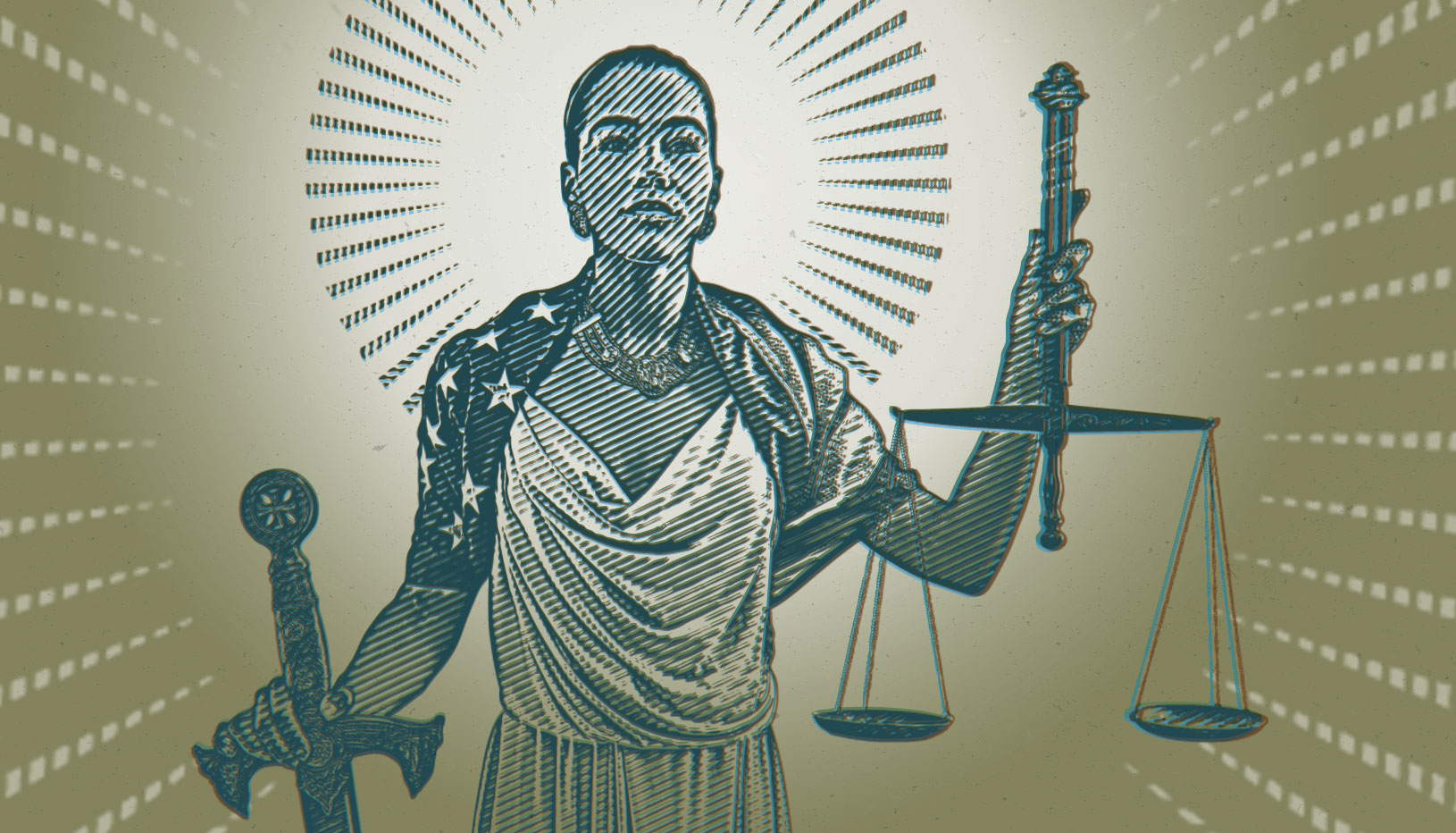Despite America’s increasingly diverse population, the justices deciding some of the country’s most important legal questions often do not reflect the communities they serve. A new Brennan Center analysis shows that the highest courts in each state — the final word in interpreting state law and state constitutional rights — remain overwhelmingly white and male. That’s a problem for everyone who believes in fairness and equality.
State courts handle about 96 percent of all cases, deciding questions on issues from voting rights and housing to education and workers’ protections. When the people making these decisions come from the same narrow slice of society, we sacrifice the range of experiences and perspectives that make the legal system stronger and more legitimate.
The latest data shows little progress. Of the 37 new justices taking office since we last collected data in July 2024, 81 percent are white and 65 percent are men. In 18 states, there are no justices of color, including in 12 states where people of color make up at least 20 percent of the population. Just two women of color were selected as state high court justices nationwide. In 9 states — Alaska, Arkansas, Kansas, Montana, New Hampshire, Ohio, Tennessee, West Virginia, and Wyoming — new white justices joined an already all-white bench.
Demographic representation is also often concentrated in just a few states. For instance, in the three states (Arizona, Florida, and New Mexico) that have a Latino majority on the court, the percentage of Latino justices exceeds these states’ overall Latino population. But in 39 states and Washington, DC, there are no Latino justices at all, even in states like Nevada where they make up nearly a third of the population. Similarly, there are no Asian American justices in New York and New Jersey, two states among those with the largest Asian populations per capita.
And even when people of color reach the state’s highest bench, most come from similar professional paths. Although lawyers of color make up just 20 percent of all firm lawyers, an overwhelming 76 percent of state high court justices of color have backgrounds in private practice, leaving voices from other key sectors such as public defense and civil legal services largely missing. This lack of representation isn’t just symbolic. Judges from diverse demographic and professional backgrounds bring insights that can reduce bias, improve decision-making, and build public trust.
Meanwhile, programs designed to open doors for underrepresented groups — known broadly as DEI (diversity, equity, and inclusion) — have come under attack by conservative political leaders and advocates, including through executive orders issued by President Trump. Those critics often claim such programs are “illegal,” “unfair,” or “anti-meritocratic.” In reality, DEI efforts are about ensuring fairness — making sure the most qualified and hardworking candidates, regardless of background, have an equal shot at serving their communities. And despite what critics may claim, many DEI efforts remain perfectly legal, including efforts to strengthen candidate pipelines, initiatives to promote transparency in how judges are chosen, and trainings to reduce potential biases.
Thankfully, many stakeholders both inside and outside the courts are standing firm. For example, the New Mexico Supreme Court released a statement signed by the justices soon after the president’s anti-DEI executive orders to reaffirm “its commitment to a diverse, inclusive and equitable justice system.” And in Connecticut, legislators passed a law requiring the state’s Judicial Selection Commission to disclose the professional backgrounds of judicial applicants, a meaningful step toward accountability.
Change can feel slow, but there is some forward movement. Several justices who recently joined the bench represented historic “firsts” in their courts. In Nebraska, Derek Vaughn became the first Black justice on the state’s highest court. And in Colorado, Monica Márquez made history as the state’s first Latina and third female chief justice, and she is one of the nation’s few openly LGBTQ+ justices.
Representation on the bench is about trust — about knowing that when we stand before the law, the people interpreting it reflect the full breadth of our communities and experiences. As U.S. Supreme Court Justice Sonia Sotomayor has written, “Diversity is now a fundamental American value.” In other words, the values of diversity, equity, and inclusion are here to stay.
A version of this article was first published in Spanish by La Opinión.





